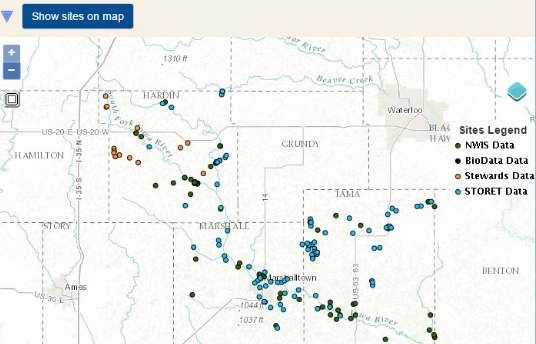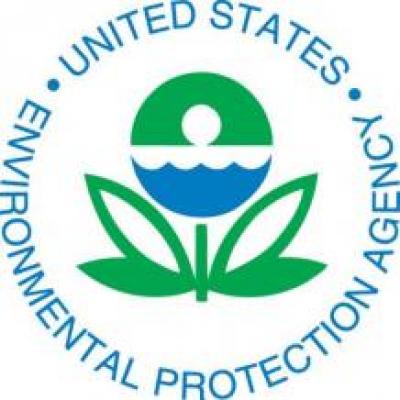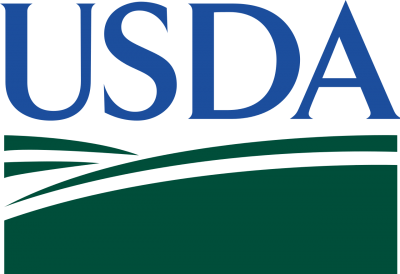The Water Quality Portal (WQP)

Posted by
CAKE TeamOverview
The Water Quality Portal (WQP) is a cooperative service sponsored by the United States Geological Survey (USGS), the Environmental Protection Agency (EPA) and the National Water Quality Monitoring Council (NWQMC) that integrates publicly available water quality data from the USGS National Water Information System (NWIS) the EPA STOrage and RETrieval (STORET) Data Warehouse, and the USDA ARS Sustaining The Earth’s Watersheds - Agricultural Research Database System (STEWARDS) .
The EPA water quality data originate from the STORET Data Warehouse, which is the EPA's repository of water quality monitoring data collected by water resource management groups across the country. Organizations, including states, tribes, watershed groups, other federal agencies, volunteer groups and universities, submit data to the STORET Warehouse in order to make their data publicly accessible. For more information about STORET, see the STORET Home Page.
The USGS water quality data originate from the NWISWeb Database. The database contains current and historical water data from more than 1.5 million sites across the nation and is used by state and local governments, public and private utilities, private citizens, and other federal agencies involved with managing our water resources. The Water Quality Portal serves data from the NWISWeb database. All publicly available data are not available through the web services at this time. The web services include results for USGS parameters represented in the crosswalk between NWIS Parameter Codes and the EPA Substance Registry System. The latest crosswalk is available at this WQP Page. At this time this crosswalk accounts for approximately 92% of water-quality data available from NWISWeb.
USGS Biological data come from the BioData Retreval system. The U.S. Geological Survey (USGS) BioData Retrieval system provides access to aquatic bioassessment data (biological community and physical habitat data) collected by USGS scientists from stream ecosystems across the nation. USGS scientists collect fish-, aquatic macroinvertebrate-, and algae-community samples and conduct stream physical habitat surveys as part of its fundamental mission to describe and understand the Earth. The publicly available BioData Retrieval system disseminates data from over 15,000 fish, aquatic macroinvertebrate, and algae community samples. Additionally, the system serves data from over 5000 physical data sets (samples), such as reach habitat and light availability, that were collected to support the community sample analyses. The system contains sample data that were collected and processed since 1991 using the protocols of the National Water-Quality Assessment (NAWQA). As of 2010, the system has added data collected by USGS scientists using the procedures and protocols of the U.S. Environmental Protection Agency National Rivers and Streams Assessment program (NRSA).
The ARS water quality data originate from the STEWARDS (Sustaining The Earth’s Watersheds - Agricultural Research Database System) database and were developed as part of the Conservation Effects Assessment Program (CEAP). STEWARDS contains long-term hydrologic, weather, and water quality data from 17 ARS benchmark research watersheds. For more information about STEWARDS, see the STEWARDS Home Page.


